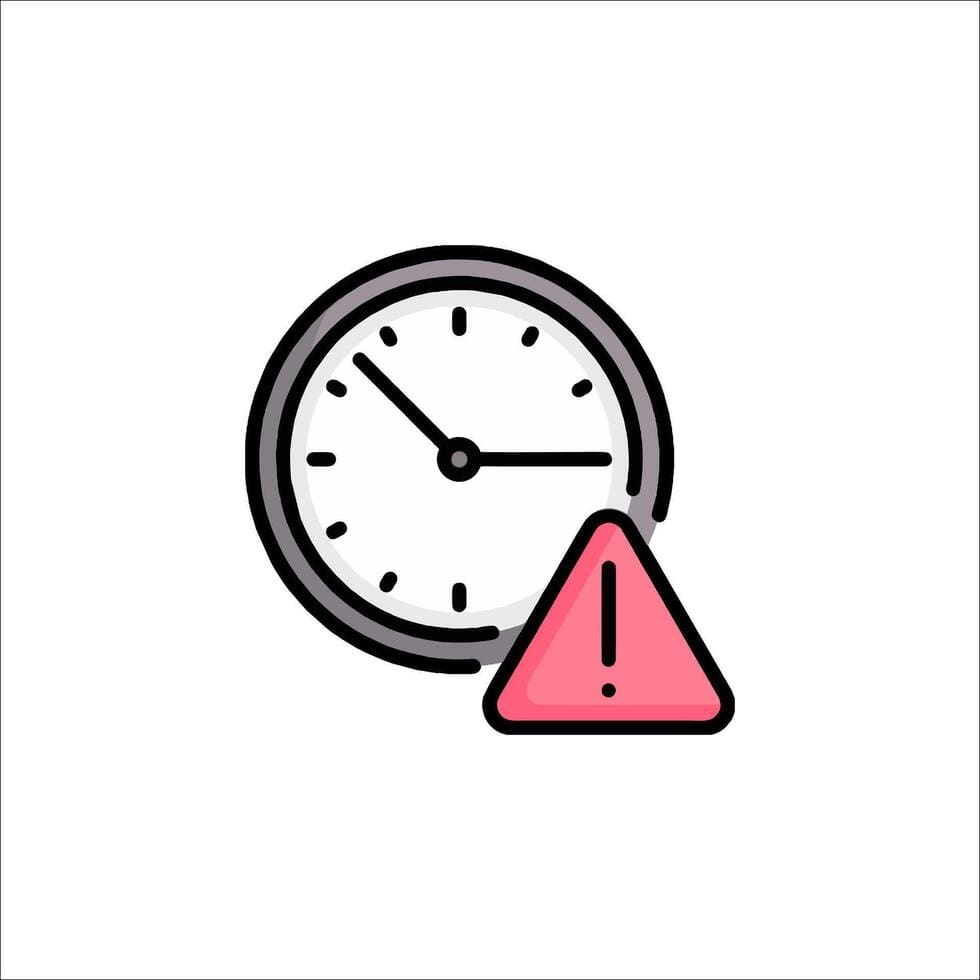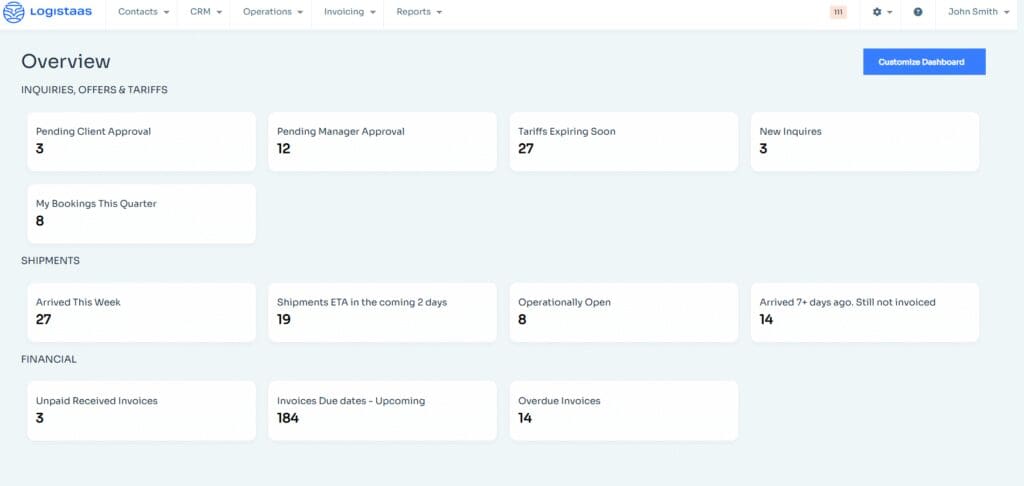If you’re still running freight forwarding operations manually, it’s officially costing you.
Every December, freight companies sit down, look at their year, and say the same thing: “Next year, we’ll fix our operations.” Then January comes, the chaos returns, and nothing changes.
But 2025 is different, the industry is evolving rapidly, driven by the adoption of innovative technologies that are transforming how companies operate. The industry is moving too fast, customer expectations are too high, and the margin for manual errors is too thin. If you’re still not using a Transportation Management System (TMS), it’s no longer just a delay. It’s a competitive disadvantage.
Let’s be blunt: Your competitors already made the switch. Early adopters of TMS have gained a competitive advantage by improving efficiency and meeting rising customer demands. And every month you wait, you lose time, money, visibility, and opportunities you could have owned.
What Is a TMS, and Why Does It Matter Now?

A Transportation Management System (TMS) is the backbone of modern transportation management. Think of it as the command center for your supply chain, software that brings order, speed, and intelligence to every step of your transportation operations. With a TMS, you can plan, execute, and optimize the movement of goods, ensuring that every shipment arrives on time and at the lowest possible transportation costs.
In today’s freight industry, where every minute and every dollar counts, a management system TMS isn’t just a nice-to-have, it’s essential. It connects the dots between shippers, carriers, and customers, automating the complex processes that used to eat up your team’s time. The result? Timely delivery, higher customer satisfaction, and a supply chain that runs at peak efficiency.
As customer expectations rise and competition intensifies, relying on outdated methods puts your business at risk. A TMS gives you the control and visibility you need to stay ahead, adapt quickly, and deliver the kind of service that keeps clients coming back. In short: if you want to thrive in transportation management today, a TMS is no longer optional, it’s the standard.
The Cost of Delaying a Transportation Management System

It shows up in your day-to-day more than you think.
A TMS doesn’t just streamline tasks, it protects your margins, your customer experience, and your sanity by improving operational efficiency, reducing administrative costs through automation of routine tasks, and leading to reduced costs across your transportation operations.
While they send quotes in minutes…
…you’re still jumping between spreadsheets, and emails. TMS solutions enable rapid, accurate quoting and rate management, streamlining the entire process.
While they offer real-time shipment visibility…
…you’re replying to the same “any update?” emails for the 400th time this year. Real-time shipment tracking is crucial for providing customers with instant updates and improving operational efficiency, ensuring everyone stays informed throughout the shipping process.
While their operations work in harmony…
…your team is firefighting, double-checking, and re-doing tasks that should’ve been automated ages ago.
A TMS doesn’t just streamline tasks, it protects your margins, your customer experience, and your sanity.
The Industry Isn’t Slowing Down for Freight Forwarders, And Neither Can You

Customer expectations are higher. Competition is global. As modern supply chains and supply chain networks become more complex, transportation complexity increases, making advanced management tools essential.
The forwarder who relies on manual processes in 2025 is like someone showing up to a Formula 1 race with a bicycle.
You can still move, technically… But everyone else is going to lap you.
What Logistaas Gives You (That Spreadsheets Never Will)

1. Faster, Smarter Quoting
Send professional quotes in minutes, not hours. By leveraging data analytics and historical data within your transport management system, you can analyze past performance, monitor rate trends, and generate more accurate and competitive quotes. No more scattered rate files, no more manual templates, no more inconsistencies.
2. Centralized Operations for Greater Operational Efficiency
Every shipment, document, message, update, and task in one place.
Your team finally works together instead of chasing information across platforms. Operations management, shipment data, and freight management are all streamlined within the platform, ensuring key operational areas are efficiently coordinated and optimized.
3. Automated Invoicing & Finance
Generate invoices automatically, eliminate double entry, and keep your financials clean and consistent.
Automated freight billing and proper documentation are handled seamlessly, reducing errors and ensuring compliance with legal and operational requirements.
4. Real-Time Tracking
No more hunting for container statuses. Logistaas tracks milestones automatically so your team can focus on actual operations, not refreshing websites.
With Logistaas, users can track freight, and monitor delivery progress in real time, providing transparency and timely updates to customers.
5. A Customer Portal That Cuts the Noise
Clients get visibility. You get fewer emails.
Everyone wins.
6. Integrations That Keep Your Workflow Moving
In freight forwarding, disconnected systems slow everything down. That’s why modern forwarders rely on a TMS that integrates seamlessly with the tools and platforms they use every day. From e-invoicing integrations that automate compliance and eliminate manual financial submissions, to accounting systems that sync charges, invoices, and payments without double entry, everything stays aligned.
Carrier connections pull in schedules and milestones automatically, while tracking integrations deliver real-time container visibility without opening dozens of tabs. Even customs integrations streamline declarations and compliance steps, reducing delays and paperwork headaches. And with additional integrations across partners, portals, and local systems, your entire workflow becomes a single, connected ecosystem. When everything talks to everything else, the operation flows, fast, accurate, and effortless.
2026 Won’t Be Different Unless You Make a Different Decision
If you want next year to run smoother, faster, and with fewer fires, the move has to happen now, not “when things calm down.”
Thousands of forwarders in 75+ countries already upgraded their operations with Logistaas, and none of them looked back.
This year is ending. Your window is not.
Start 2026 With Logistaas
A smarter, faster, automated operation is one decision away.
Book a Demo Now
Let next year be the year your operations finally work for you, not the other way around.
